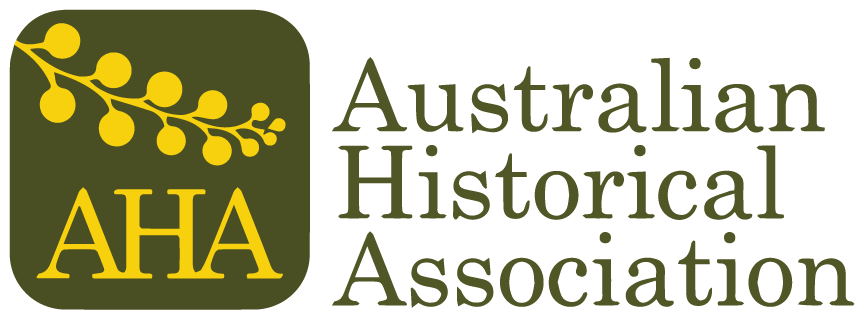With the death on 1 December of Ken Inglis, Australia lost one of its most original historians and our profession one of its most admired members. On 12 December a large gathering of family and friends celebrated his life in tributes, memories, poetry and song at Queen’s College, University of Melbourne, where he began his academic life as student and tutor in the 1940s. The November issue of History Australia carried articles reviewing aspects of his remarkable career, and his own last article. A book based on contributions to the colloquium held in his honour in December 2016 will appear in 2018. Much more will be said about his life and influence; here I offer a summary of his most significant contributions.
Kenneth Stanley Inglis was born in Melbourne in 1929 and, after education in state schools, he joined of the remarkable cohort of history students at the University of Melbourne – it included Geoffrey Blainey, John Mulvaney and Michael Roe – who would transform the writing of Australian history over the following five decades. From his teachers–Kathleen Fitzpatrick, Max Crawford and Manning Clark–he absorbed a sense of history as a high moral, scientific and literary endeavour. As a boy, he fell in love with the written word and resolved to master it; his mature writing was simple, musical and eloquent. With his first wife, anthropologist Judy (Betheras), he was drawn towards the study of religion, in both its Christian and more secular modes. His Oxford doctoral thesis, later published as Churches and the Working Classes (1963) was among the first sociologically-informed histories of English religion.
Inglis’s 1964 paper ‘The Anzac Tradition’ (‘the first serious modern study of Anzac’, according to Geoffrey Serle) inspired a generation of historians and began a personal journey that concluded 35 years later in his masterly book Sacred Places: War Memorials in the Australian Landscape (1998). His interest in the history of the press and broadcasting, evident in two volumes on the history of the ABC, a book on the history of the journal Nation, hundreds of contributions to the press, and his seemingly insatiable appetite for print and broadcast sound, grew from a deep commitment to public values and democratic politics.
As notable as Inglis’s writing, however, was his influence, as teacher, colleague and friend. His imagination, modesty, humour and sincere interest in his fellow human beings were infectious. Born into a Presbyterian family, he shed Christian orthodoxy but retained a sense of altruistic service that led him to write in defence of Aboriginal man Max Stuart, in his 1958 book The Stuart Case, become the first professor of history, and vice-chancellor, in the University of Papua New Guinea, inspire his colleagues to join the Australian Bicentennial History Project – the largest such collaborative history project attempted in Australia – and appeal for the history of Australia’s’ frontier wars to be included in the Australian War Memorial.
Inglis’s commitment to history as a craft, and as a way of viewing the world, was life-long and complete. Even when frailty and weakness finally overtook him, he persevered with his last project, a history of the Dunera Boys, the boatload of mainly Jewish refugees interned by the Australian government in 1940 from which emerged many of Australia’s postwar intellectual elite. Perhaps he saw it as a lesson for an Australia closing its borders and sympathies, although, as always with Ken, the moral was gently made. To the end, he remained curious, reflective, droll and keenly interested in the lives and thoughts of everyone around him. He was, quite simply, a wise and good man who chose to be a historian.
Graeme Davison
